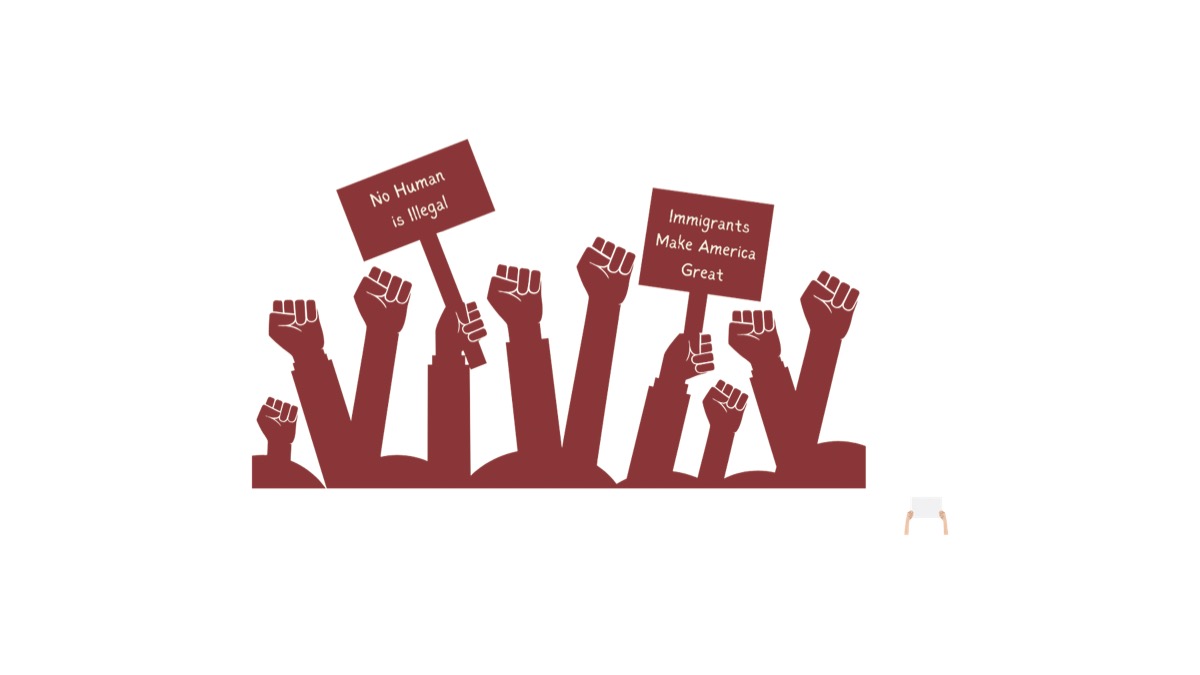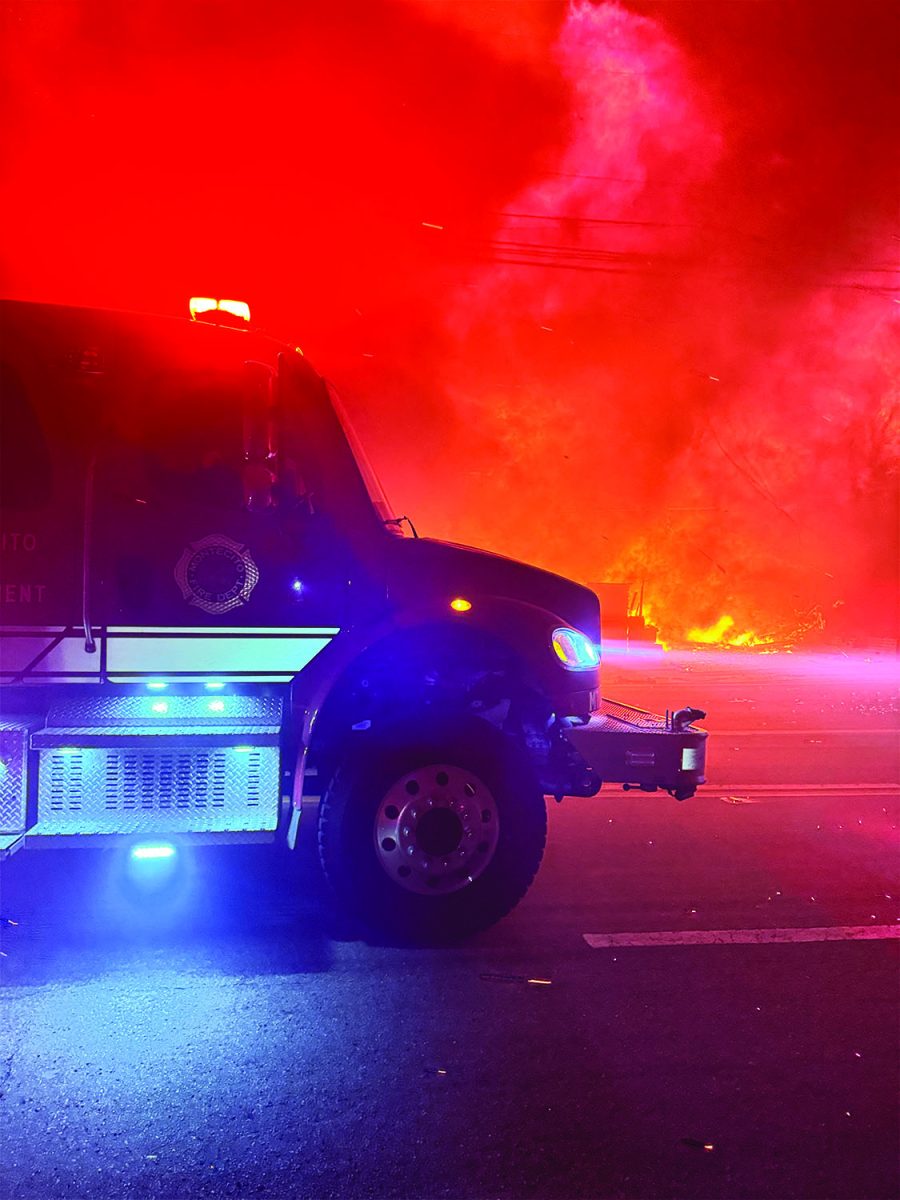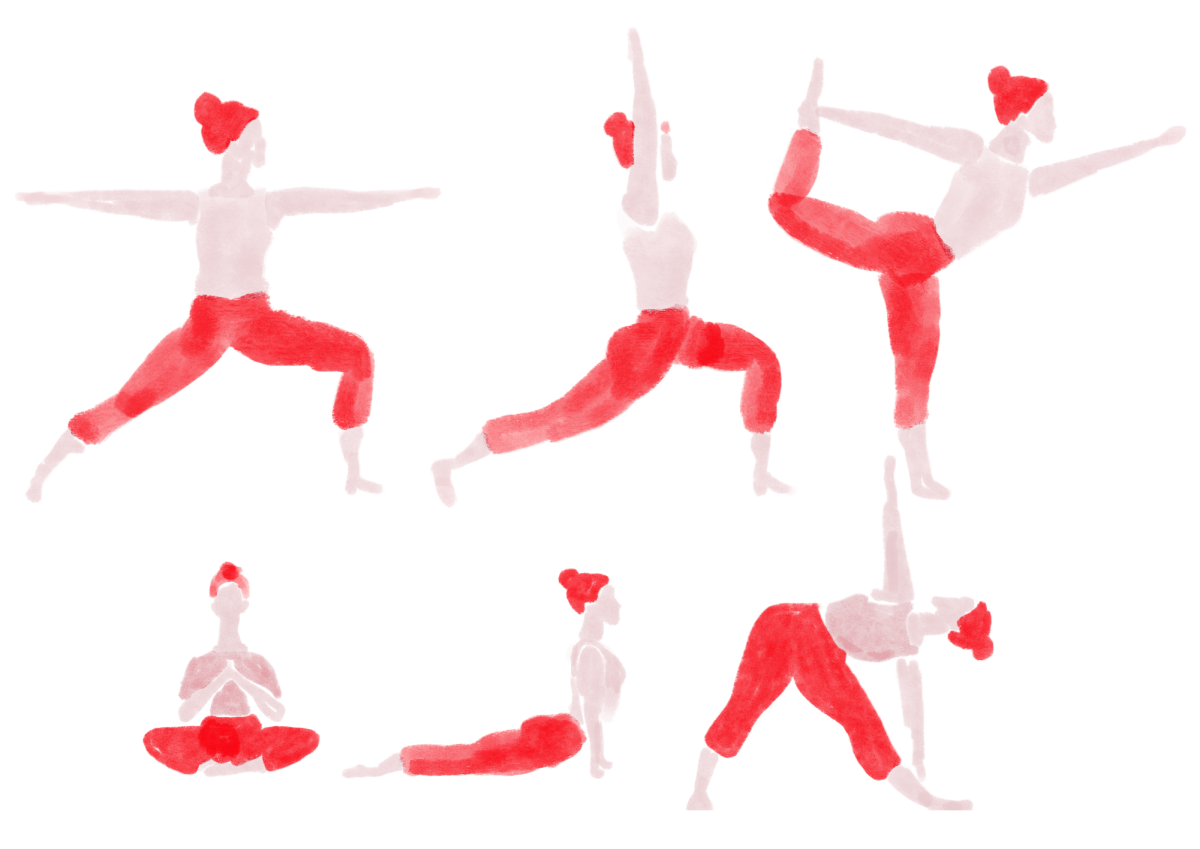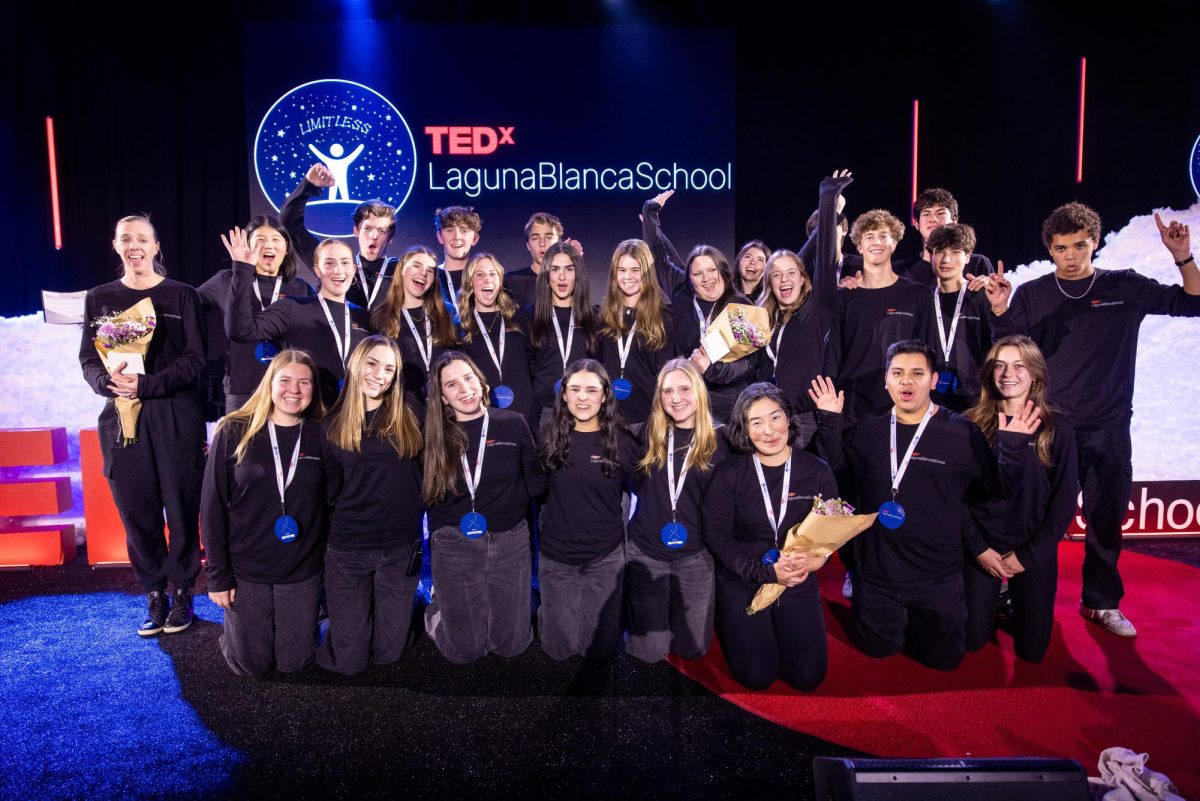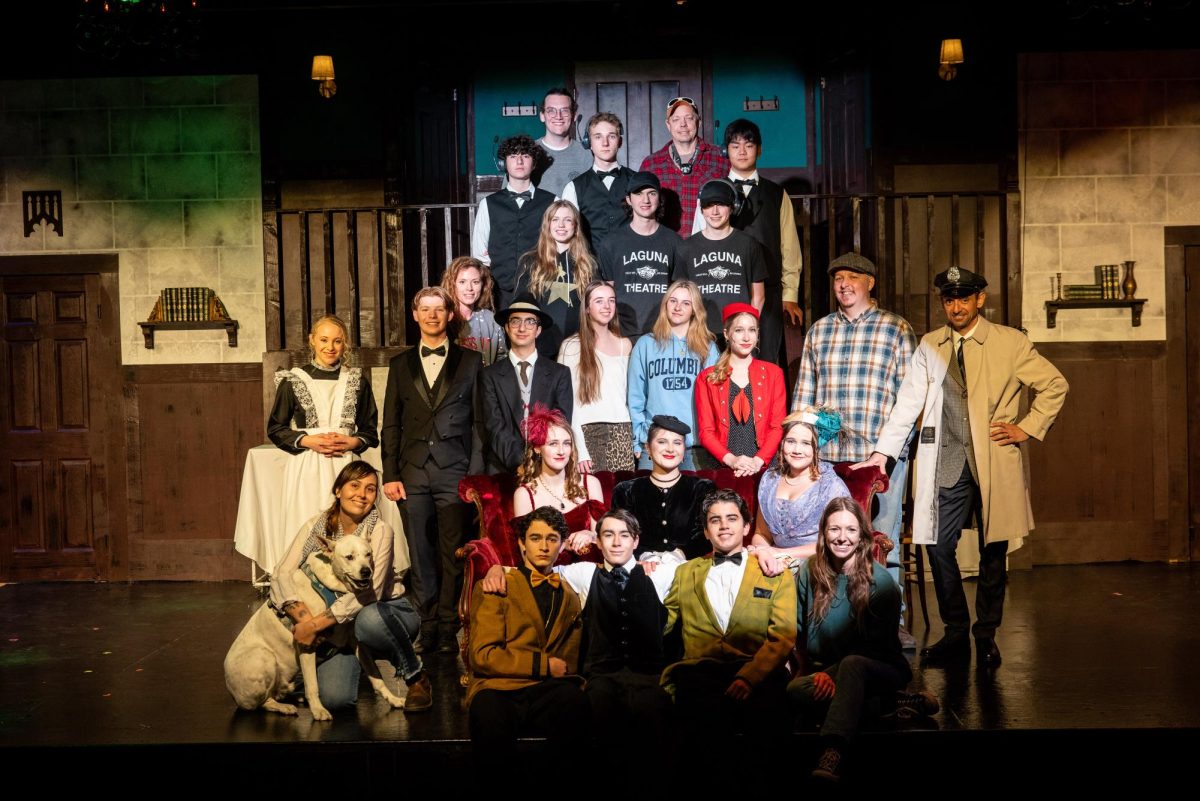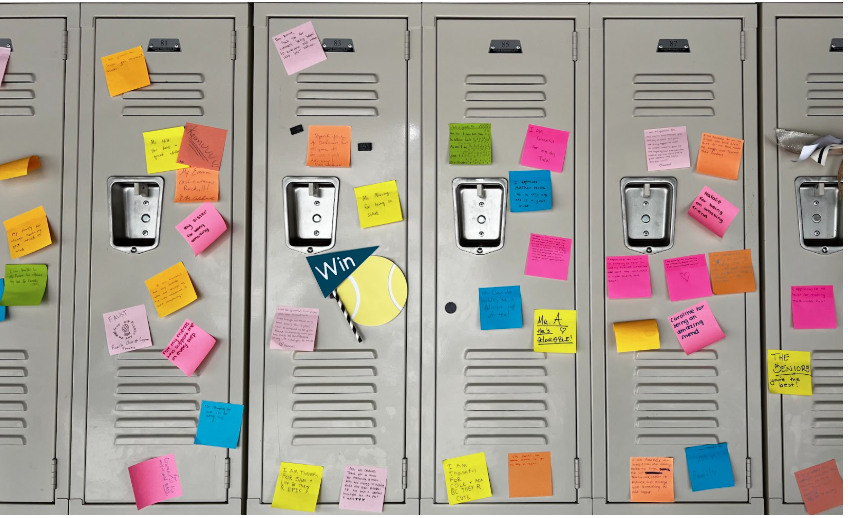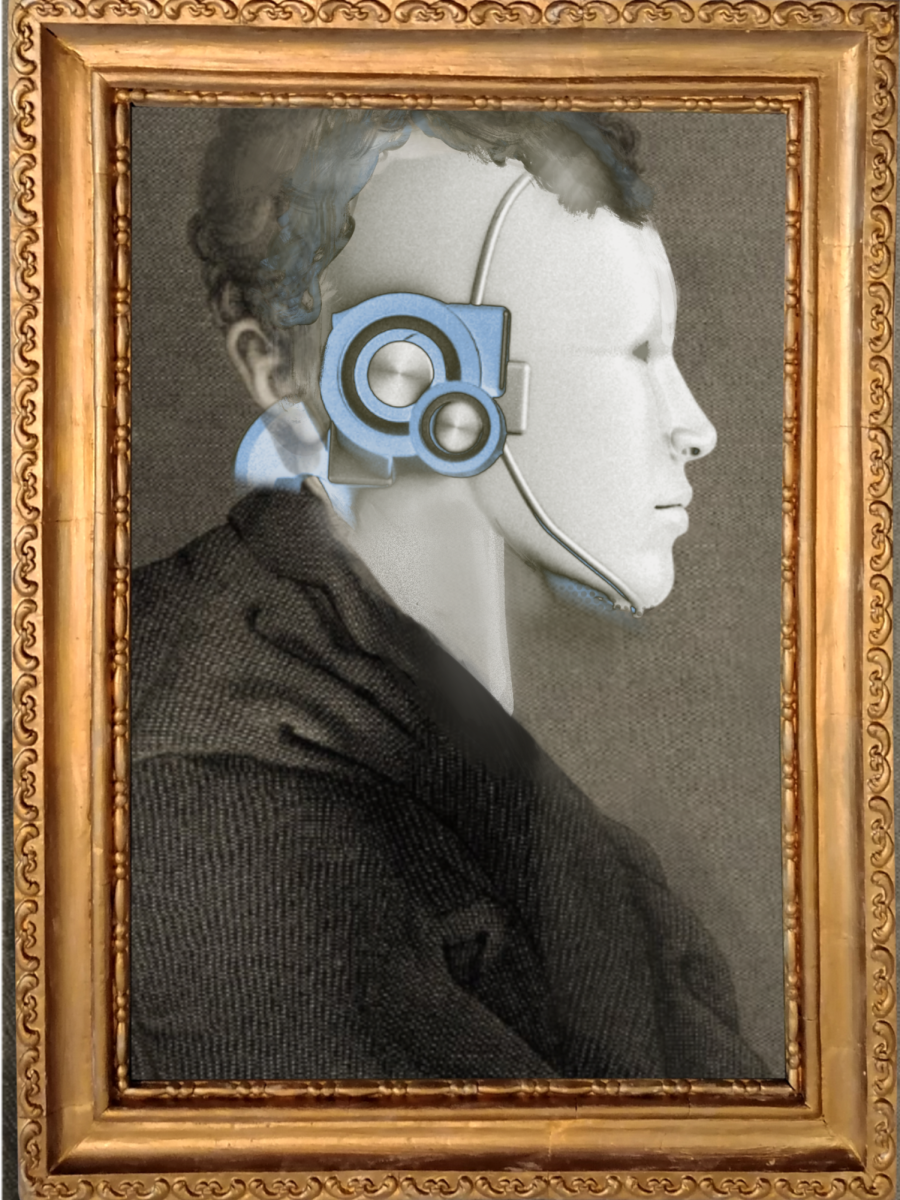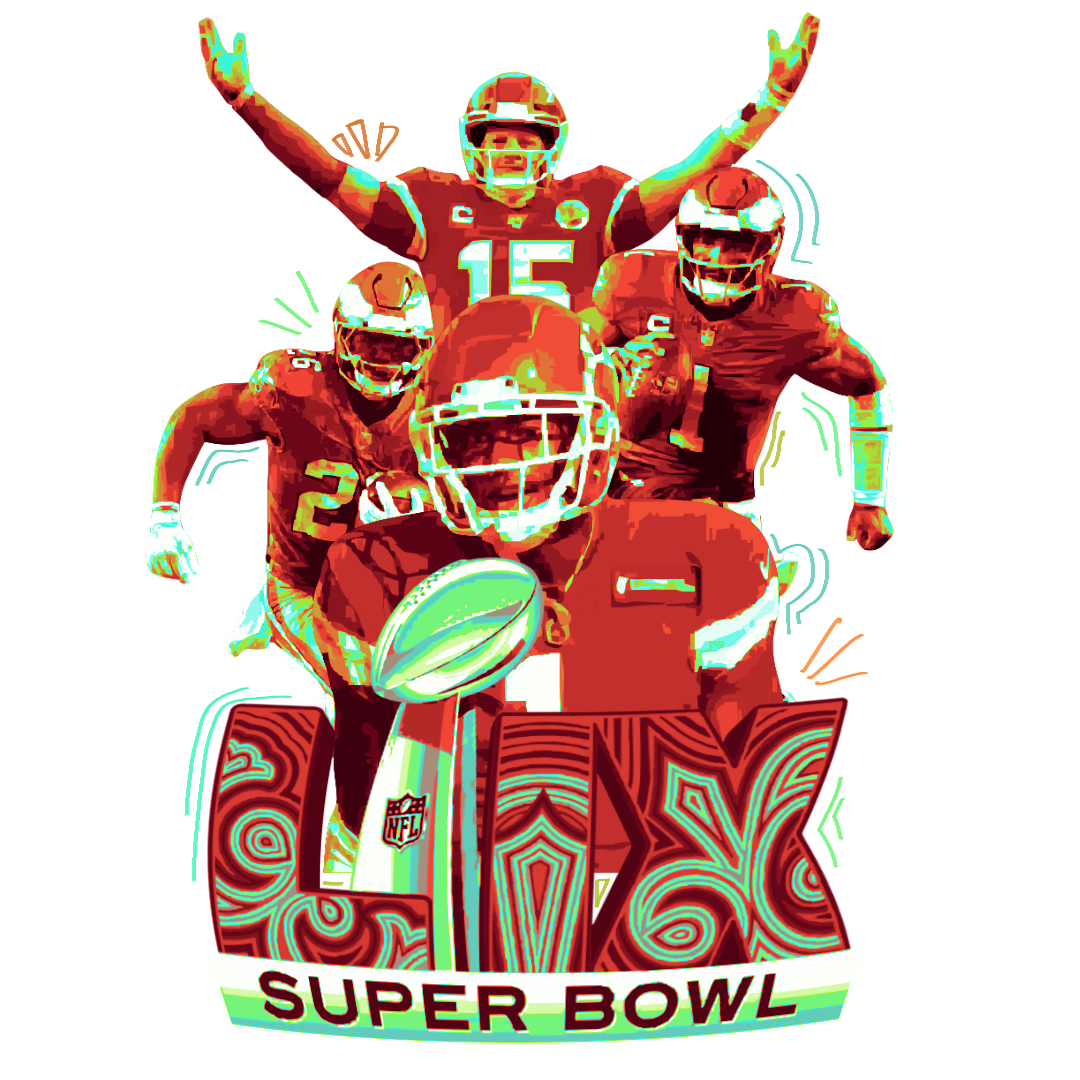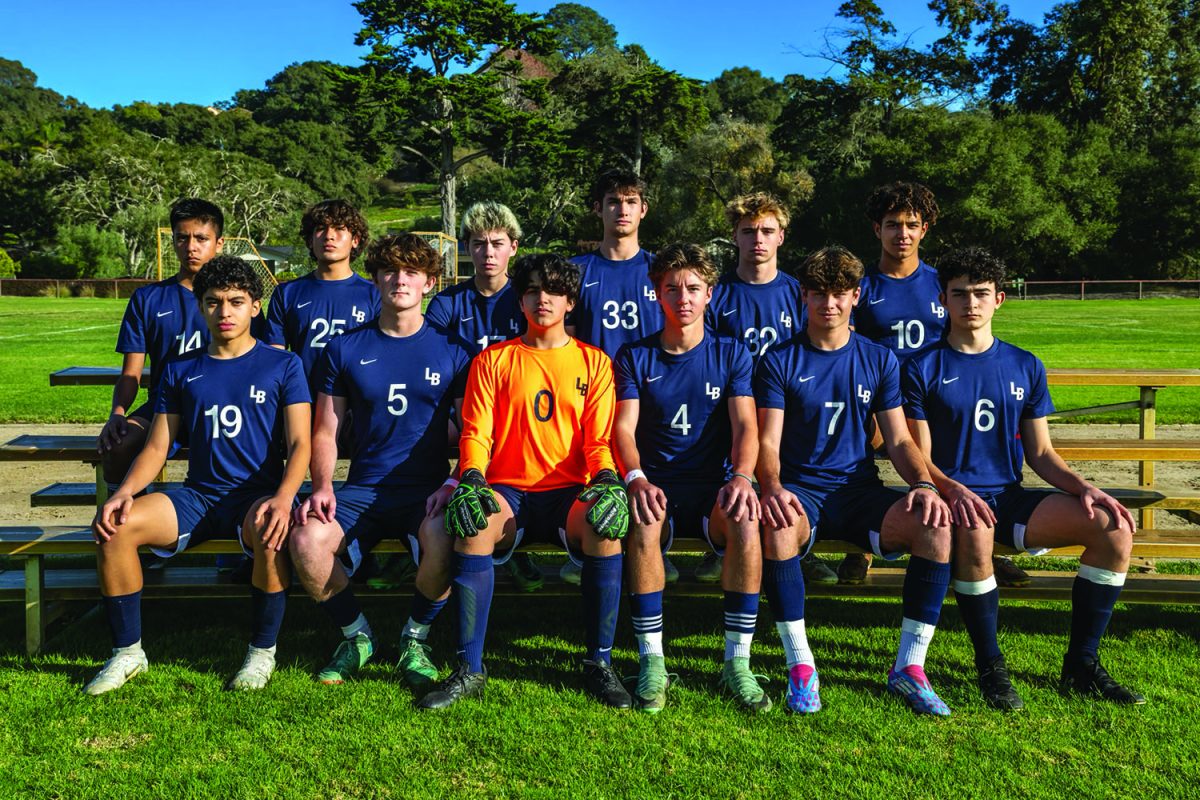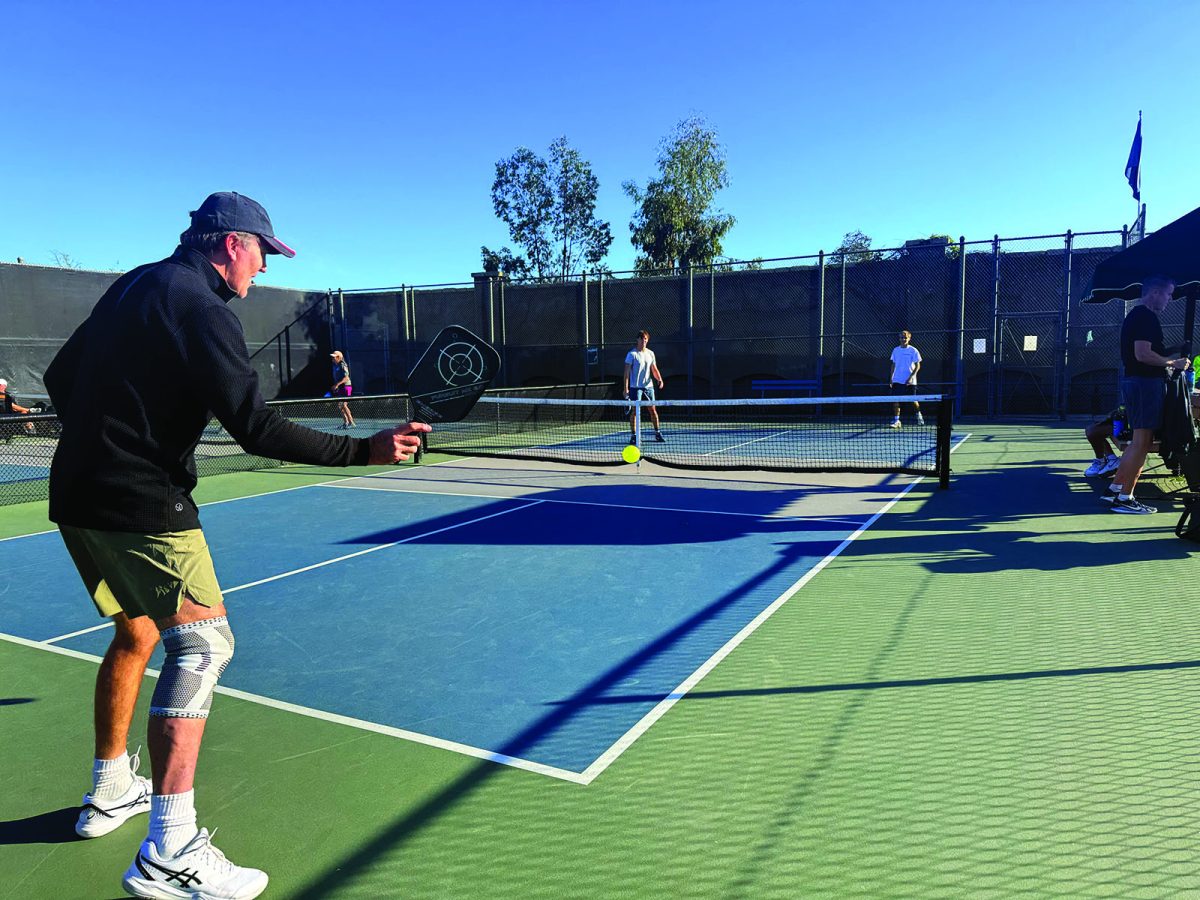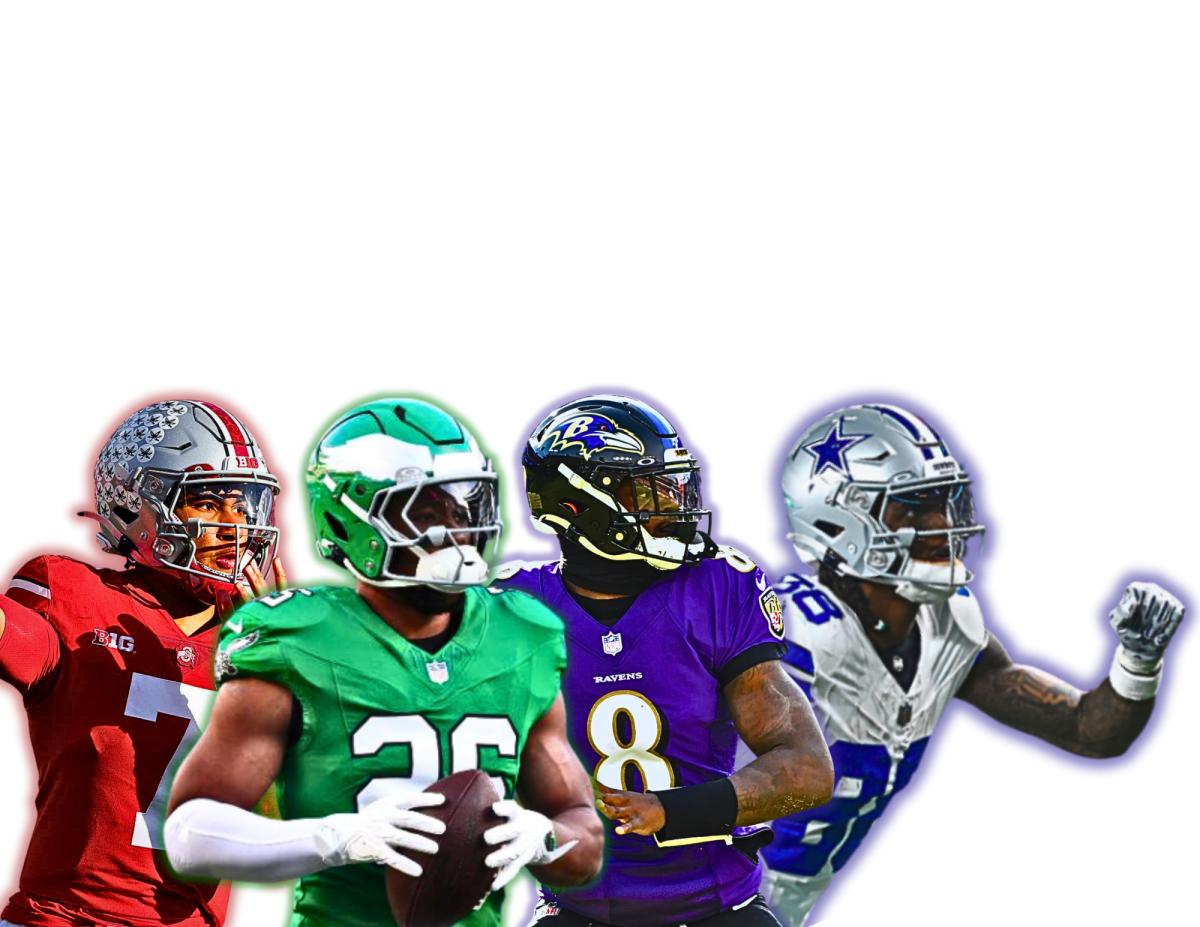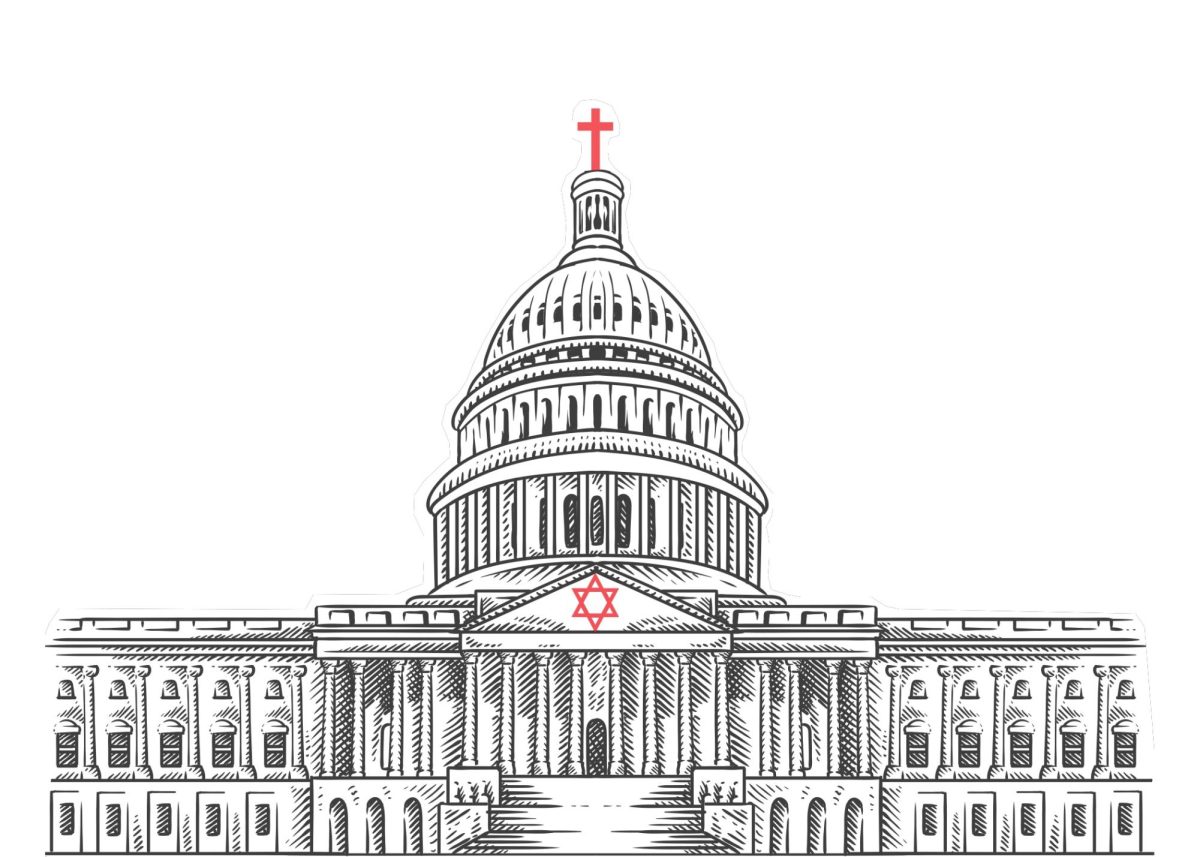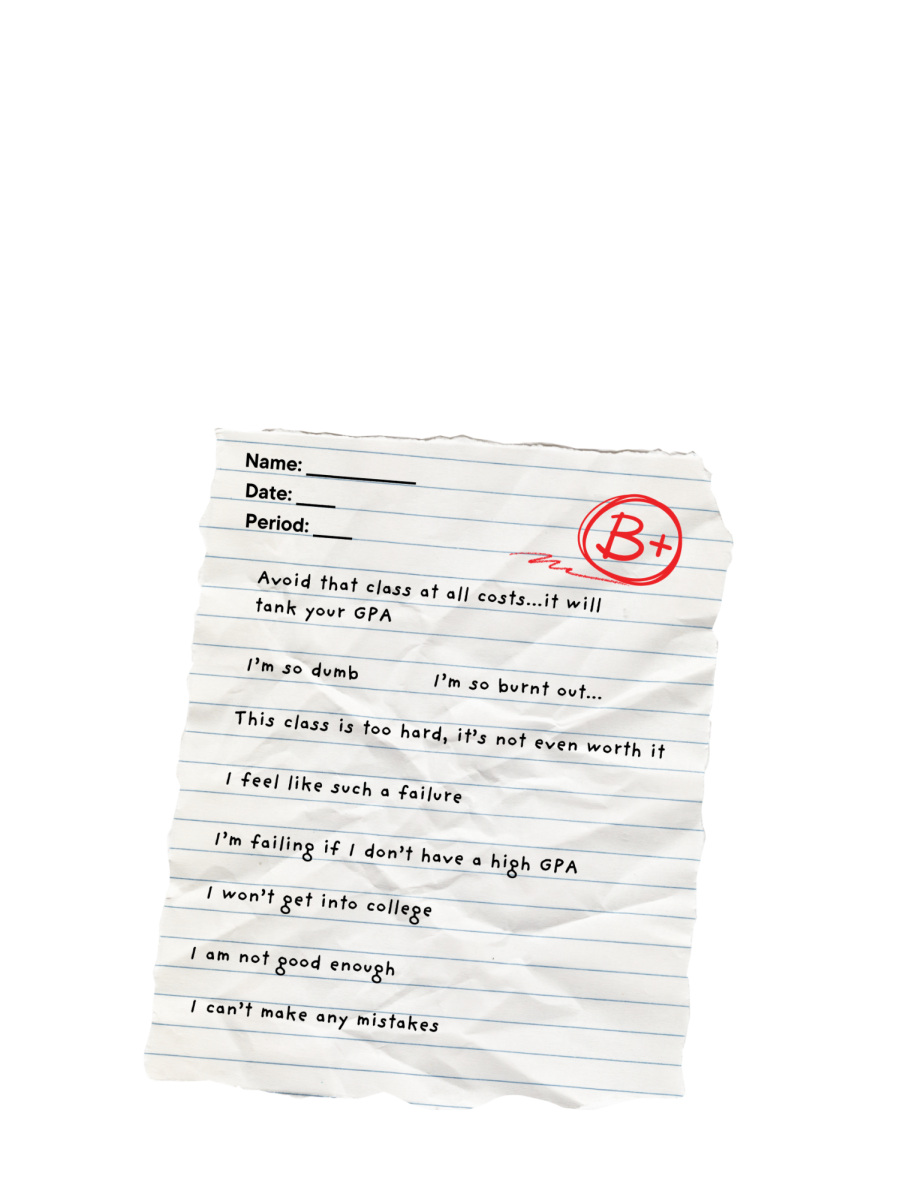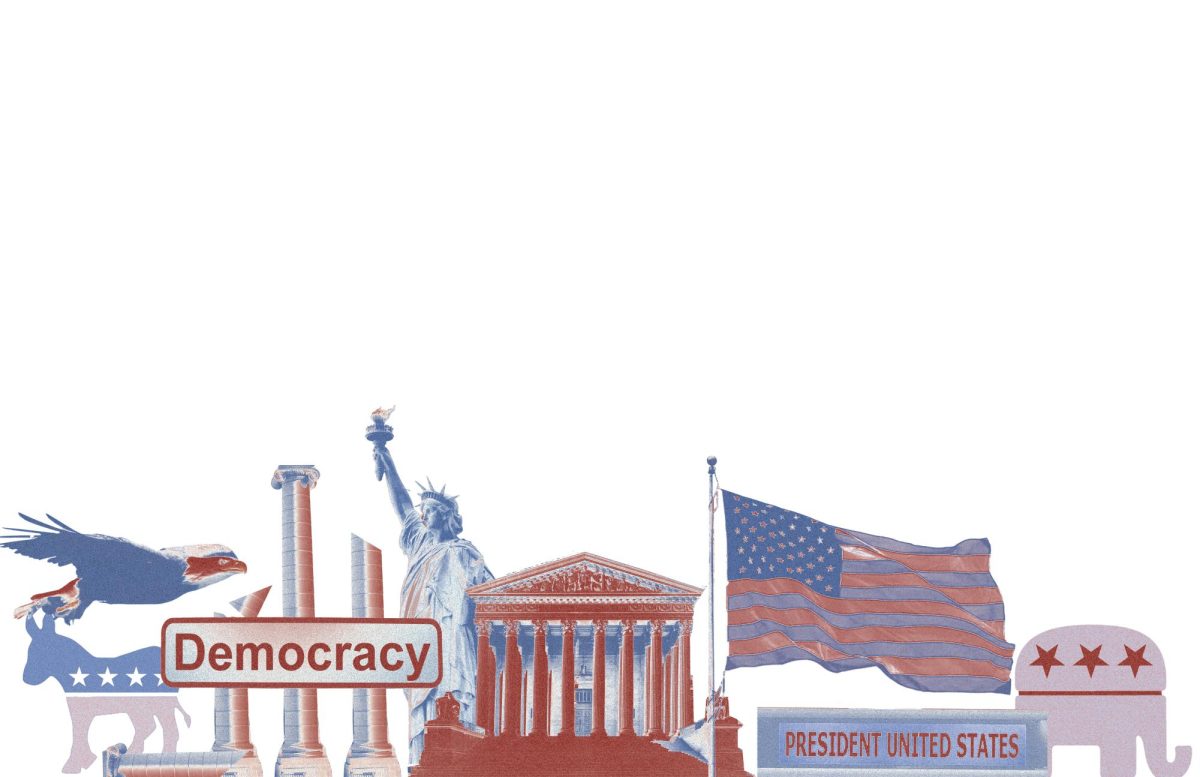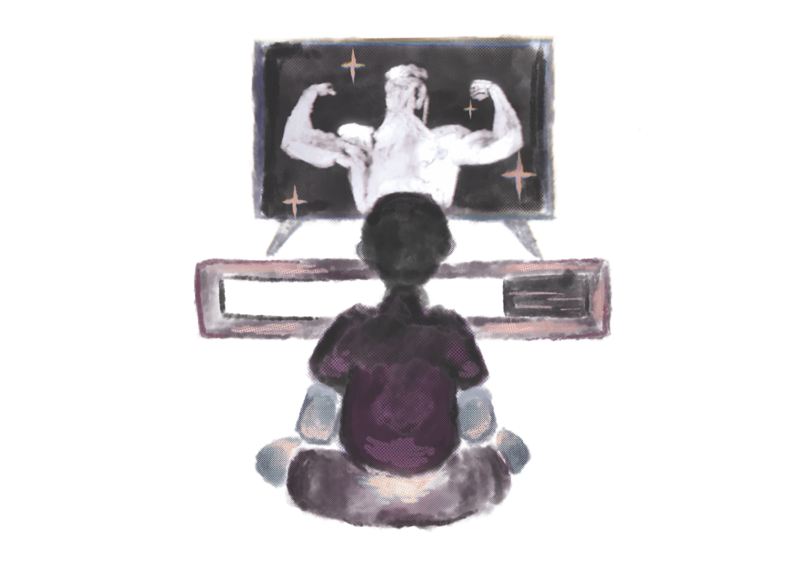P
ickleball, a racket sport with rules similar to tennis but played on a smaller court and with a different racket, is quickly becoming one of the most popular sports in the United States.
Since 2020, its popularity has surged, paving the way for potential NCAA recognition, scholarships, and businesses catering to players.
Locally, the sport has gained traction across all age groups. Its simplicity and social nature make it particularly appealing to those seeking a new way to get outside and stay active.
Senior Ethan Carrington, an avid pickleball player, said it was the accessibility and social aspect that drew him in.
“I started playing three years ago, and I love it. Public courts, like the ones in Montecito, are free for kids and affordable for adults, which makes it easy for anyone to play,” Ethan said. “It’s competitive and fun, but also easy to pick up if you’re new.”
Ethan’s involvement has gone beyond casual games.
“I’ve competed in tournaments and won seven gold medals, two silver, and one bronze. Tournaments are usually full because of the sport’s growing popularity, and they’re always a fun experience, win or lose,” Ethan said.
The rise of pickleball has created friction with tennis players, who often lose court space to the growing demand for pickleball.
This tension has sparked debates about how to balance the needs of both sports.
Senior Sienna Wyatt, a dedicated tennis player shared her frustration.
“When I want to play tennis on weekends, I often find courts unavailable because they’ve been converted into pickleball courts. It’s not just me — most tennis players I know feel the same way. The rise of pickleball is pushing tennis players out.”
She noted that the frustration is not with the sport itself but with the lack of shared space.
“Pickleball players aren’t looked down on because of the game — it’s because their courts are replacing ours,” she said.
As pickleball continues to grow, finding ways to balance court space is critical.
Adding designated courts or developing shared systems seems to be the best route to form unison between the two racket sports.
Vanessa Carrington, co-founder of 365Dink, a multi-club membership for players to access private and semi-private pickleball clubs nationwide, discussed how the sport has driven innovation in business.
“My friend and I had been looking for a business that combined our love of real estate, travel, and sport. We both discovered pickleball around the same time and put our years together to create 365Dink.”
Carrington acknowledged the tension between tennis and pickleball players.
“Pickleball is taking over unused tennis courts because there’s demand for the space. You can fit four pickleball courts in one tennis court, and since pickleball typically has four players per game, for every converted tennis court, 16 players can play.”
Pickleball is especially popular in regions with pleasant weather.
“There are hotspots throughout the country…Florida, Southern California, Utah, and Austin, Texas. Primarily because of the weather!” Carrington said.
As the sport continues to expand, it’s also gaining traction in higher education.
“There are over 200 colleges with pickleball programs,” Carrington said.
While tensions over court space persist, the sport’s growing popularity is likely to spur the development of new spaces and systems to allow tennis and pickleball to coexist harmoniously.

